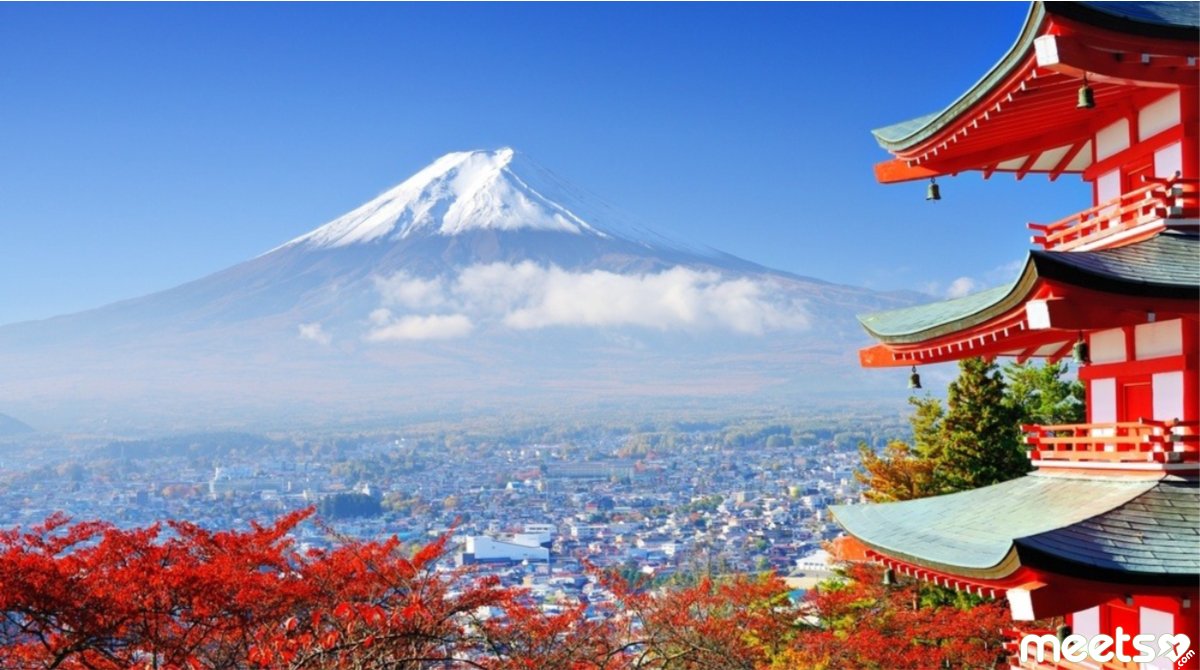Japan is a country with a unique culture, which anyone can consider a bit strange. Noisy megacities here are situated side by side with old temples. Living in a technologically developed place local people still show their respect to the ancient traditions.
If you go to Japan in spring, there is a chance to enjoy sakura blossoming. In Tokyo, it usually happens at the beginning of April. If you can not come in spring, plan a trip in autumn. In October-November, the momizi season starts. It’s time to admire the red maples.
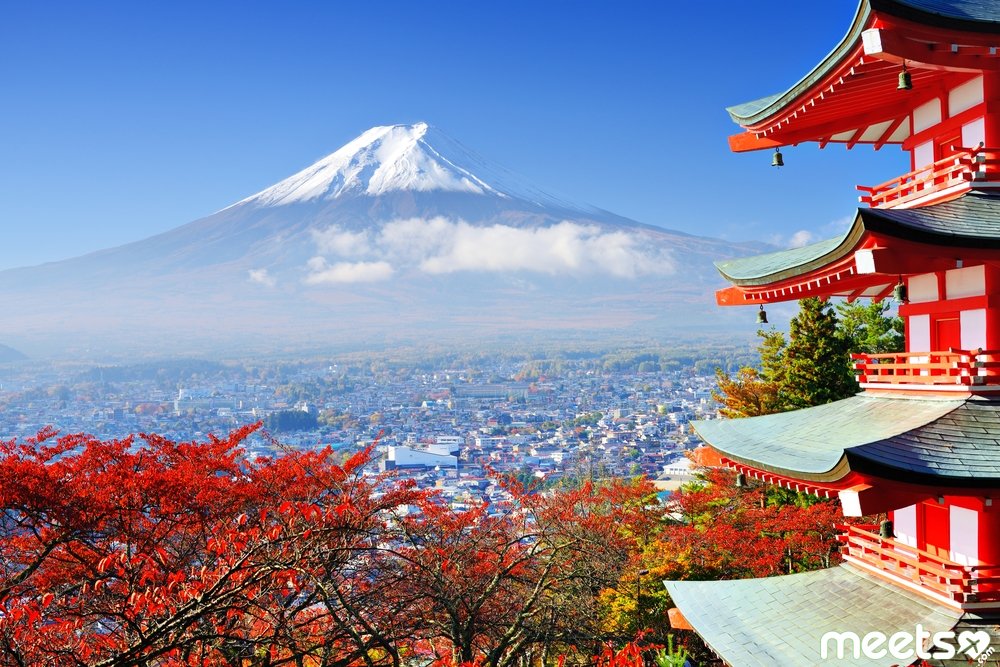
Visa
It is required. No consular fee. There is a tax on leaving the country by sea or air that equals to 1 000 yen (that is about 9$).
The language barrier
Everything is difficult with English in Japan. Although it is now taught in schools, because of the peculiarities of pronunciation, you can hardly understand what the Japanese are saying to you from the first time. The Summer Olympics will be held in Tokyo in 2020, so it will be much easier with English especially in tourist places but for now you need to take a phrase book and learn the most popular phrases in Japanese. If it is completely difficult, contact the information centers at the railway stations.
Climate
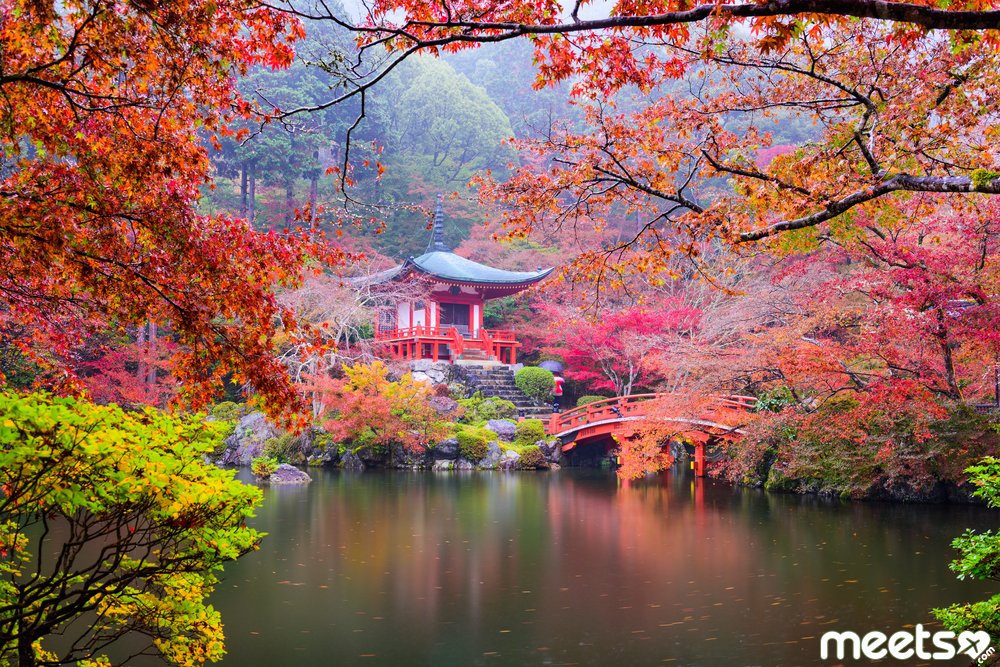
In the north it is moderate, in the south – subtropical. The Japanese archipelago extends from the northeast to the southwest, so the climate in different parts of the country is different. In the north, winters are harsh (up to −20 ° C) and summers are warm. In Tokyo, winter is mild (the average temperature in January is about 0 ° C), and summer is hot and humid (the average temperature in August is 27 ° C). It is better to plan a trip in spring or late autumn: from July to mid-October in Japan there is the typhoon season.
Cuisine
The peculiarity of Japanese cuisine is the desire to preserve the natural taste of the original products. Seasonings and spices only emphasize, but do not drown it. For cooking, only fresh ingredients are used, so the local cuisine has a seasonality.
Winter is the time for hot soups, fish and seafood. Traditional winter food is oden, hot soup with eggs, daikon (Japanese radish), shirataka noodles and tofu.
In spring, you can try bamboo sprouts. They are added to takenoko gohan, a rice-based dish.
In summer, it’s time for cold noodles. For example, they prepare hiyashi udon – cold udon noodles, which is served with tenkas (crispy pieces of fried dough), sesame and cold menzuyu sauce. During hot and humid summer it is one of the most favourite Japanese dishes.
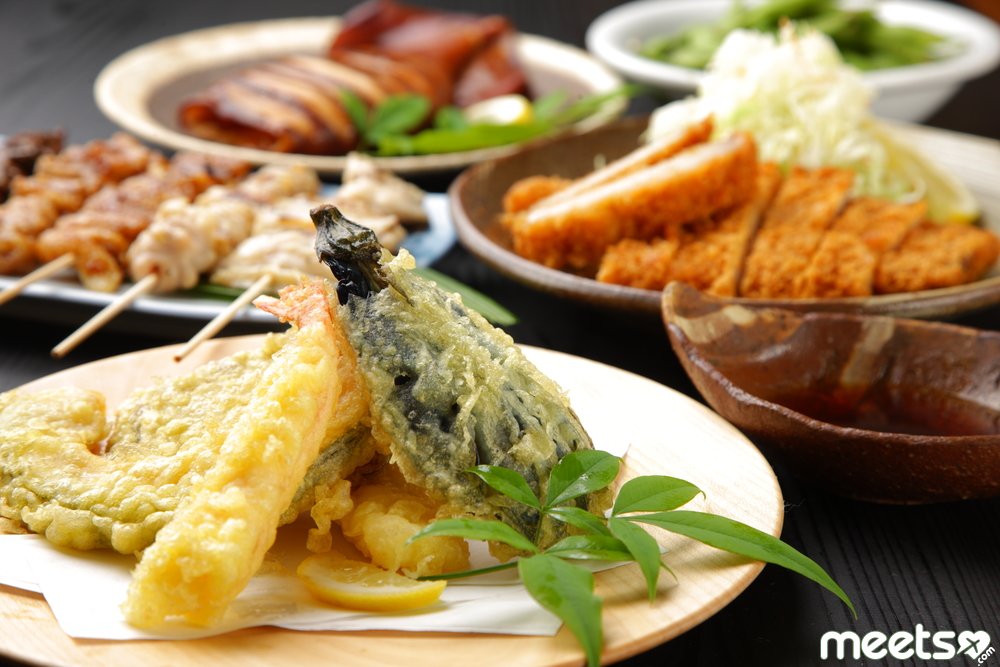
In autumn it is time for saury, chestnuts and ginkgo tree seeds. These seeds are eaten as a separate dish (fried and sprinkled with salt) or added to Tyavan Mushi – steamed egg pudding.
Popular Japanese street food is takoyaki, deep-fried balls of dough stuffed with octopus.
If you like pizza, try its local counterpart – okonomiyaki. This is a cabbage cake with vegetables, meat or fish. Do not be afraid to buy food in the streets. Japanese pay attention to cleanness. Here you can even drink water directly from the tap.
Where To Go
Here are some most popular among tourists places in Japan where you will have an opportunity to know more about this wonderful country.
Tokyo Tower
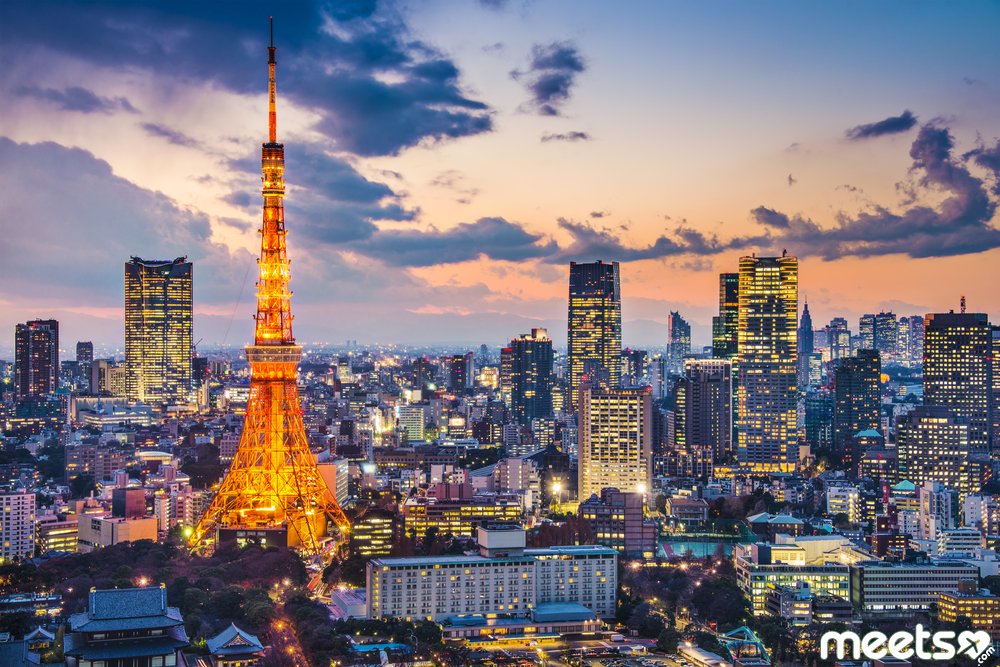
The 332.6 meter tower is a symbol of Tokyo, just like the Eiffel Tower in Paris. From the observation deck you can enjoy a great view of the city, and when the weather is good, you can see Fuji.
Save on tickets to the main tower site: a 30% discount for payments made with a JCB card.
Harajuku District
It is a meeting place of the most extravagant mods in Tokyo. Want to know what will be in the trend in a year or two? Welcome to Harajuku.
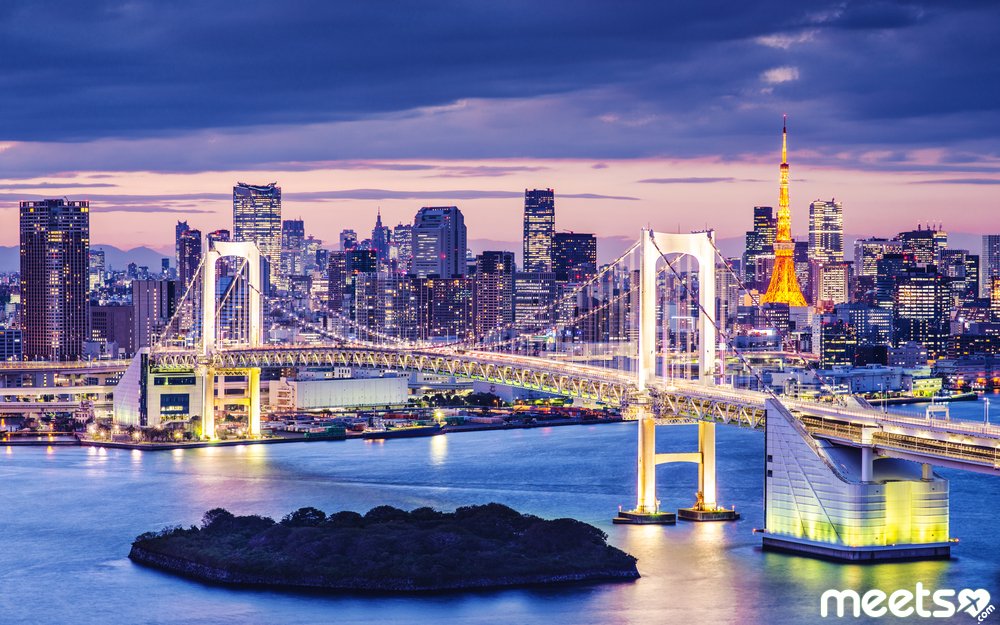
Okunosima Island
A small island in the inland sea is famous for rabbits – this is the main attraction of the island. You can feed the animals, pet them, take a selfie with them and arrange yourself a pet-therapy session.
You can get to Okunosima by ferry, and you can rent a bicycle to travel around the island.
Onseny
These are holiday complexes located in picturesque places on the thermal springs. Here you can relax in warm water and enjoy nature. For people with tattoos, the entrance to the onsen is closed due to associations with the mafia.
Kiyomizu-dera Temple
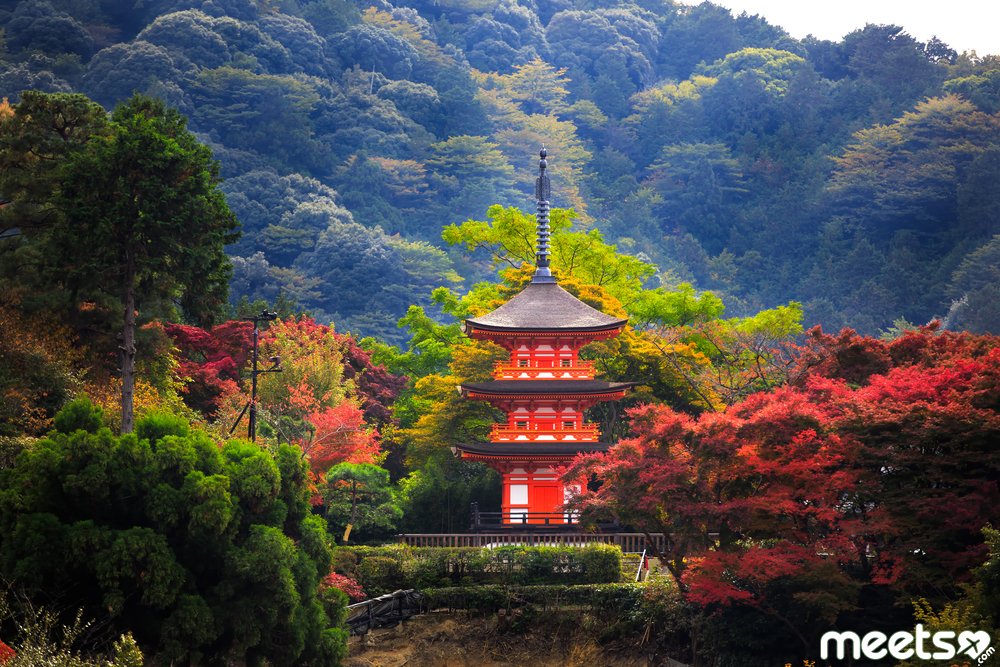
One of the most popular Buddhist temple complexes is located in Kyoto. On the temple grounds there are two stones of love. If you want to find a mutual love, pass between them with closed eyes.
How to save on a trip
In Japan, it is not customary to leave a tip. The waiters may even be offended: they take that kind of money as a handout.
Cheap cafes are near the railway stations and in large shopping centers. Take away food is sold in department stores – buy a ready-made set for lunch and have a bite in the fresh air.
Go to the free museums. In Tokyo, you can visit the Suginami animation museum, the Ebisu beer museum and the Origami Kaikan center.
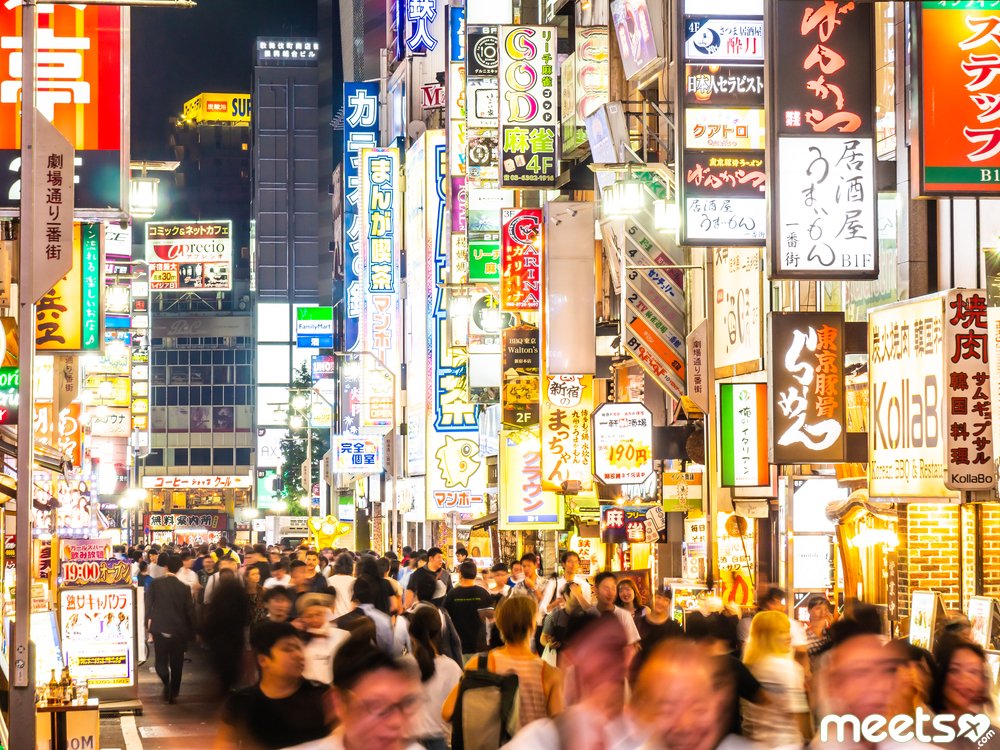
Buy the JR Pass, a train ticket for the Japan Railways network, which is valid for 7, 14 or 21 days. If during the trip you are going to visit, for example, Tokyo, Osaka and Kyoto, tickets will cost 53,000 yen (almost 480$). Weekly travel is more profitable – only 29,100 yen (approximately 263$).
Install JCB Japan Guide – a free application for JCB cardholders. There are maps with the main attractions, metro and rail networks. The main feature is the latest information on discounts and promotions.
Going on a trip, take advantage of the joint action of JCB and Yandex.Taxi – get a 50% discount on the trip from home to the airport. To get a discount, activate the promotional code JCBBONUS and pay for the trip with a JCB card.
Hope, you will enjoy your stay in this charming Land of the Rising Sun.
Also read the article:

